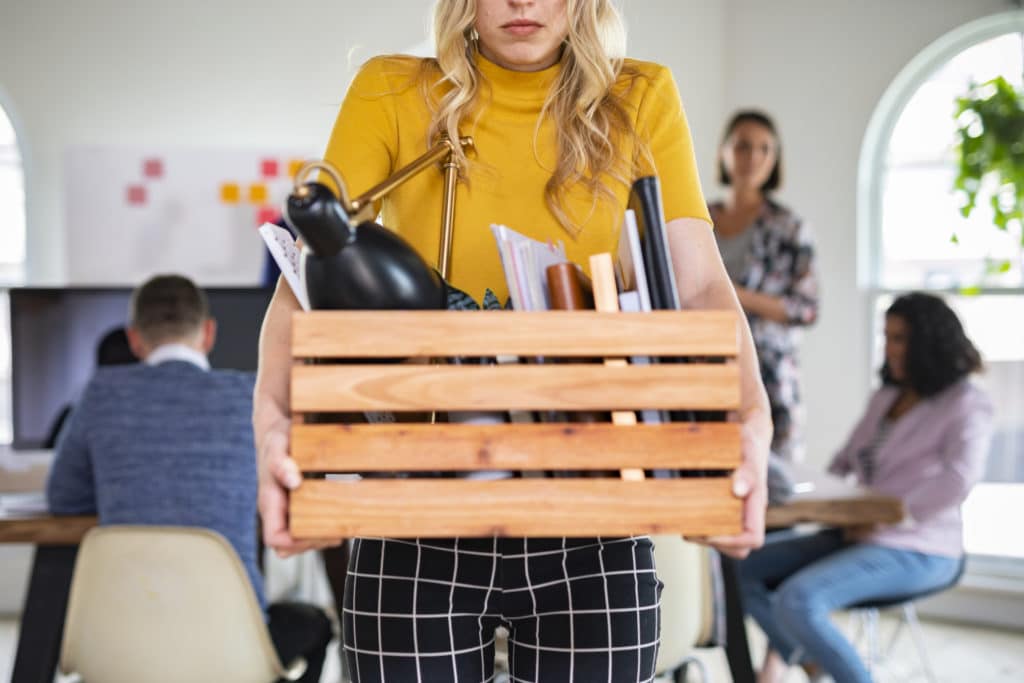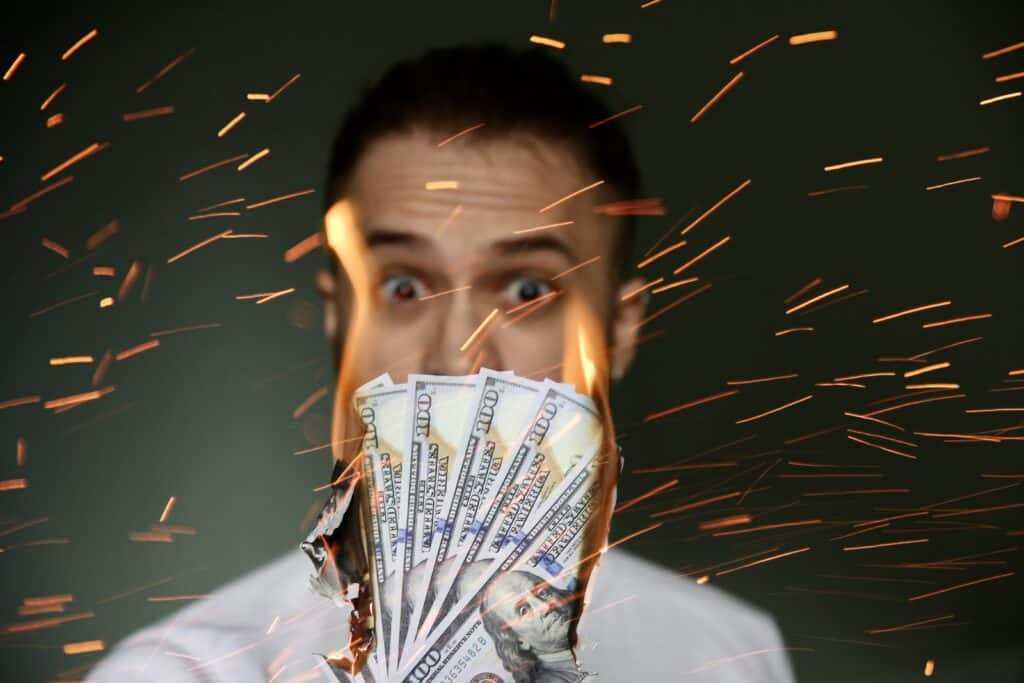I have rated hundreds of wines on the Vivino app in the last few years. So many that I am consistently in the top 5,000 users. I don’t tell you this so you can be impressed with my wine-drinking habits, but as context for how much time I have spent staring at these ratings.
Over the years, I have noticed a couple of patterns:
- People rarely candidly trash a wine: the lowest rating is different for each user, but I rarely see one star.
- There is inherit bias in the ratings.
These points are related. You see, people try not to buy wines they won’t like. Or, to get out of double negative land, they venture to purchase wines they will enjoy. The scales are already tipped when they rate the wine. Whether it is confirmation bias or the marketing placebo effect, you want the wine you select to be good – even more so if it is expensive (relative to the buyer).
These rating effects mean that when someone sits down to rate a wine, they are predisposed to give an average or better rating. Because of this, I often buy a wine that gets rave reviews on the app, and I don’t care for it.
There are a few specific categories I want you to consider for how this bias breaks down:
Genre
There are different varietals of grapes and preparations in wine. While there are variations in each genre, you can often say, “I like California Syrah” with some certainty. Most users are picking wines in genres they already like or love. Inherit then to their rating is the expectation of enjoying it. For a wine to fail here, it has to be a massive disappointment in the genre. Your business probably has layers of genre, are you considering this?
Sign Up to Get Our Latest Posts Tuesdays and Thursdays
No Spam, Period. Just the latest posts.
Luxury
When we spend a lot, we want our purchases to be notable. Because of this, we will frequently overrate expensive things to justify the expense or assume that even if we don’t love it, there must be a reason for the hefty price tag.
Luxury wine purchases will almost always be highly rated. It is often justified, but you have to decide whether it is the egg or the chicken. The other factor with luxury purchases is that they often coincide with other memorable events – a wedding, a business dinner, an anniversary, a night out with friends while the kids are at home – and every aspect of the purchase is improved by the experience.
Monetary Value
Here is the reverse of the luxury effect: you buy a cheap, but pretty decent wine. I often give more affordable wines higher ratings than I would if they were twice the price. Why? Value is a factor. So these ratings are influenced beyond “how does this taste to me?”
Tribes
People like me do things like this. (Thanks, Seth!) When you are part of a group, you want to like the same things they do. So you bond with your neighbors over wine and forge relationships that shape your enjoyment. When you rate something, this can be an influencing factor too.
In other words, the audience matters. In any data set, some factors are inherently subjective. Here are some questions that highlight how this can apply outside of wines:
- If you aren’t making the sales you want, are you reaching the right audience?
- If your website traffic isn’t engaged, have you found the tribe that wants that content?
- If your star ratings aren’t excellent on Google Business or Yelp, are you selling luxury to a monetary value-focused audience?
When I pull up the Vivino app to find, buy, taste, and ultimately rate a wine, all of these factors are at play. Data can be a good baseline, but you must consider all the elements that influence ratings!
Takeaways:
If you deal in people-driven data, are you considering all the factors when you derive a story from the data? How can you use some of the above purchasing categories (luxury, value, tribes or genre) to your advantage?
Side note to the Vivino team if you read this one day, it would be awesome to have a button to normalize the user’s ratings. So if I have only three one-star reviews, those get lobbed off, the next lowest gets scaled to 0, and the same on the top end. Most users rate the average wine between 3 and 4.5 stars – and many wines are generally pretty good. If you had this button, I could see all my ratings with a broader array of honesty because my median would be stretched out, and it would be easier to perceive my scale of preference on my past ratings. The % match feature is nice, but I want to see my overall ratings re-scaled, too, one day!


